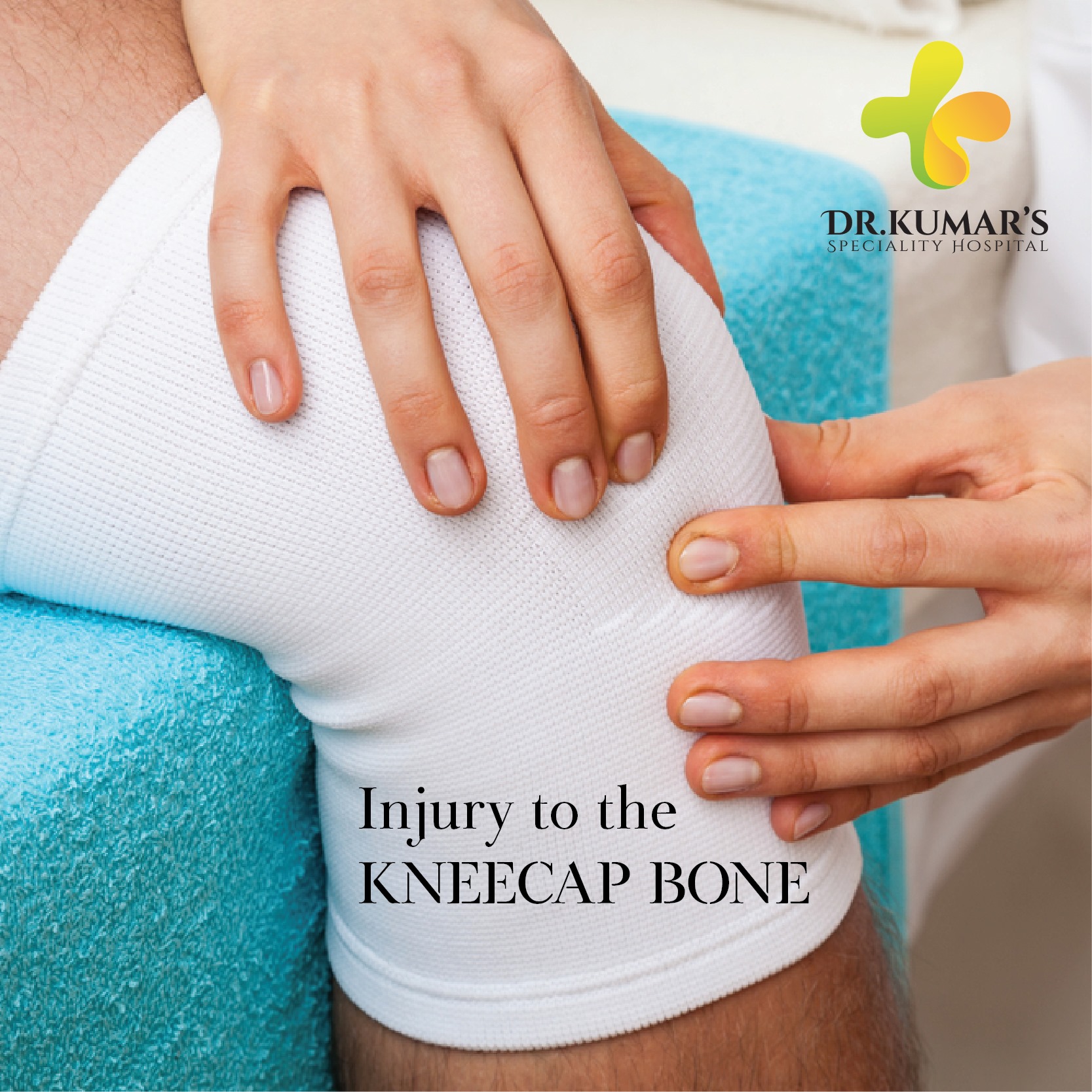
Injury to the Kneecap Bone
Patella Fractures
A patella fracture is damage caused to the kneecap. The kneecap is one of three bones that make up the knee joint. The patella is covered with ligament on its undersurface and is significant in giving strength of extension (straightening) of the knee joint.
Reasons for a Patella Fracture
A patella fracture commonly happens from a fall directly onto the kneecap. At the point when the fracture happens because of this kind of direct injury, there is often harm to the overlying skin, and in light of the limited amount of soft tissue, this can without much of a stretch become an open fracture. Patella fractures can likewise happen when the quadriceps muscle is contracting however the knee joint is straightening (a supposed "erratic contraction"). At the point when the muscle pulls strongly, the patella can suffer a fracture.
There are certain circumstances when the kneecap may fracture even with minor wounds. Once in a while these wounds are pathologic fractures - bone fractures that happen because of feeble bone. Pathologic fractures can be brought about by osteoporosis (thin bone), bone disease, or tumors.
Indications of a Patella Fracture
Patella fractures can cause serious pain and trouble walking. Some of the more typical side effects of this fracture include:
Patella Fracture Treatment
Patella fractures ought to be seen in the emergency room. X-rays will decide the sort of fracture and the degree of displacement (separation) of the fracture. One of the basic factors in deciding treatment is an intensive examination. In particular, doctors will check if the patient can perform the straight leg raise.
A straight leg raise test is finished by having the patient lie flat on a bed. With the leg straight, the patient should then raise his or her foot off the bed and hold it in the air. This tests the capacity of the quadriceps muscle and its connection to the shin bone (tibia). A disturbance of the quadriceps ligament, patella or patellar ligament can lead to the inability to perform a straight leg raise. If the straight leg raise can be performed, then non-operative treatment may be employed in the setting of a patella fracture.
One of the common manifestations of a patella fracture is knee swelling. The swelling is brought about by bleeding from the fractured bone ends into the knee joint. Patients with a lot of blood in the knee may profit by draining the blood for pain relief. Immobilizing the knee with a knee brace will likewise help minimize uneasiness.
Patella Fracture Surgery
Patients with nondisplaced (not separated) or minimally displaced fractures who can perform a straight leg raise (as depicted above) can for the most part be treated without a surgical procedure. A long leg cast or a knee immobilizer can be utilized for the treatment of these kinds of patellar fractures.
If a surgery is necessary, an incision is made over the front of the knee joint. The fractured ends of bones are realigned and held in place with some combination of pins, screws, and wires. In some cases, a portion of the patella can basically be removed, yet this is typically accomplished for smaller fracture fragments
Recovery after Surgery
Following a surgery, patients should keep their knee in a straight position to allow for initial healing. Precisely when the knee can start moving depends on the quality of the repair your surgeon is able to accomplish. Gentle movement can for the most part start in the first week following the surgery. In circumstances where the bones are held solidly, early movement of the knee accomplishes the best outcomes after the surgery.
The most widely recognized complication of the patella fractured surgery is that the metal inserts can be excruciatingly painful after some time - particularly when stooping. Along these lines, it is not uncommon to have a second procedure to expel the metal inserts. This technique is normally done at least a year after the initial surgical procedure. Other potential complications include:
One of the significant aspects of the surgical procedure is to realign the cartilage surface of the kneecap to prevent the development of arthritis of the knee joint. In view of the damage to the knee joint cartilage when a fracture occurs, there is a higher chance of the development of arthritis of the joint. In the event that arthritis becomes severe, a few people ultimately need a knee replacement or a partial knee replacement of the kneecap.
